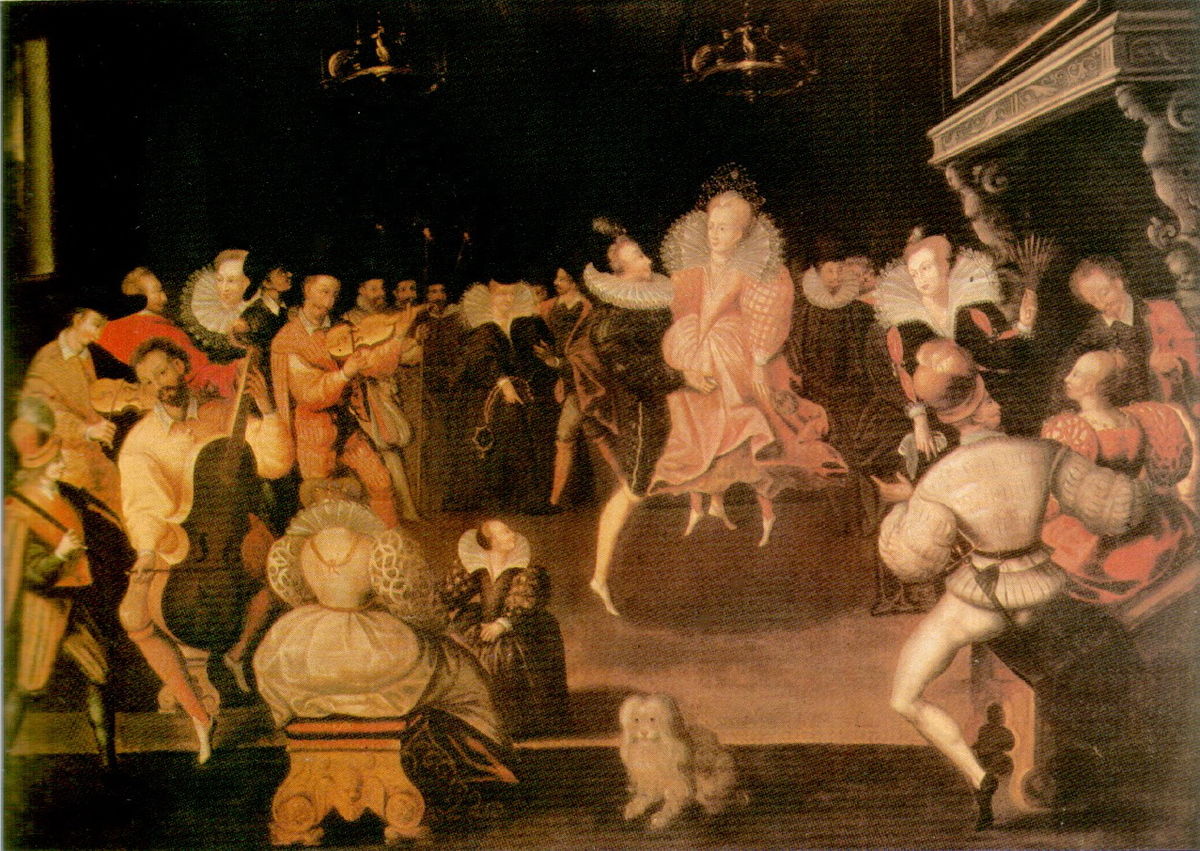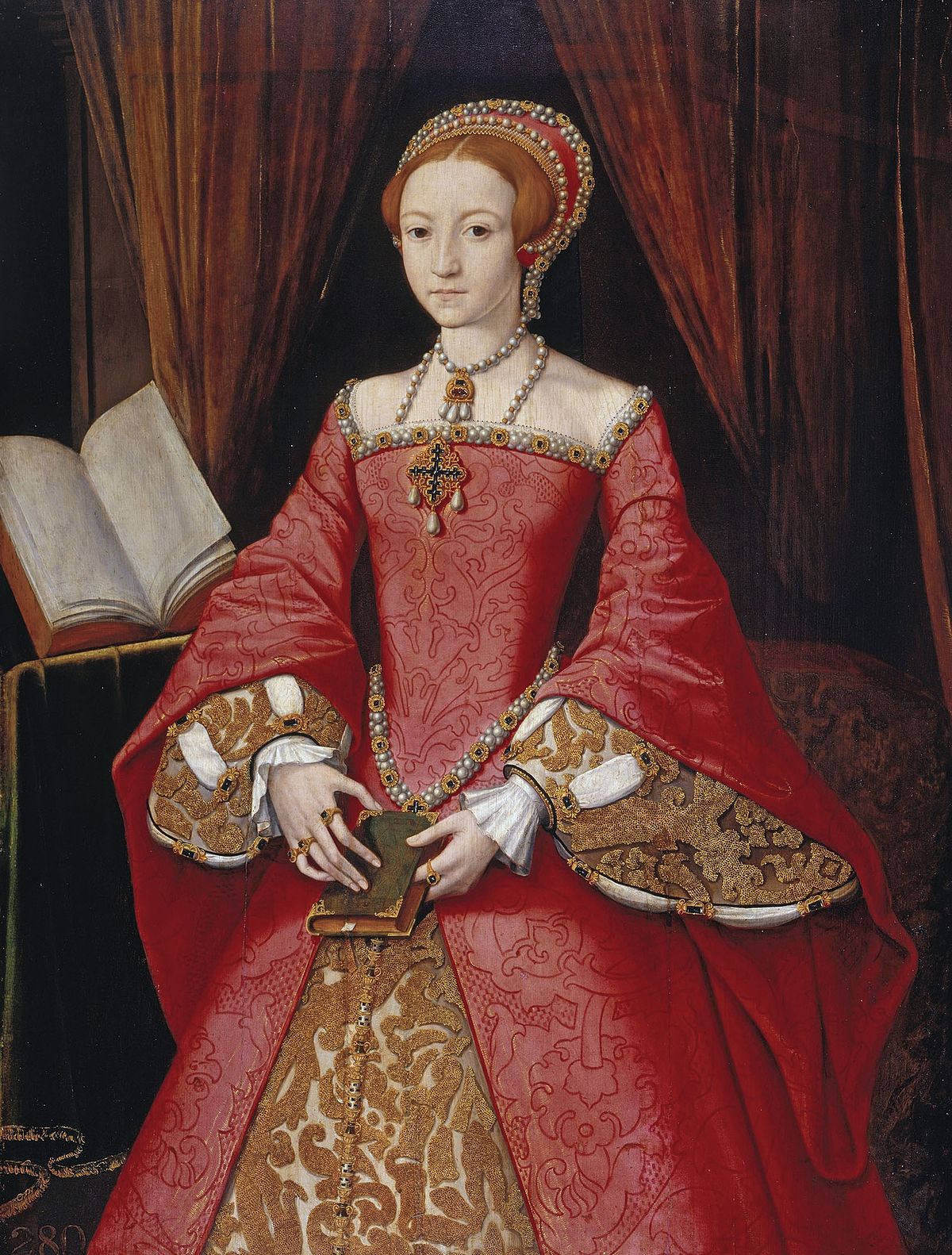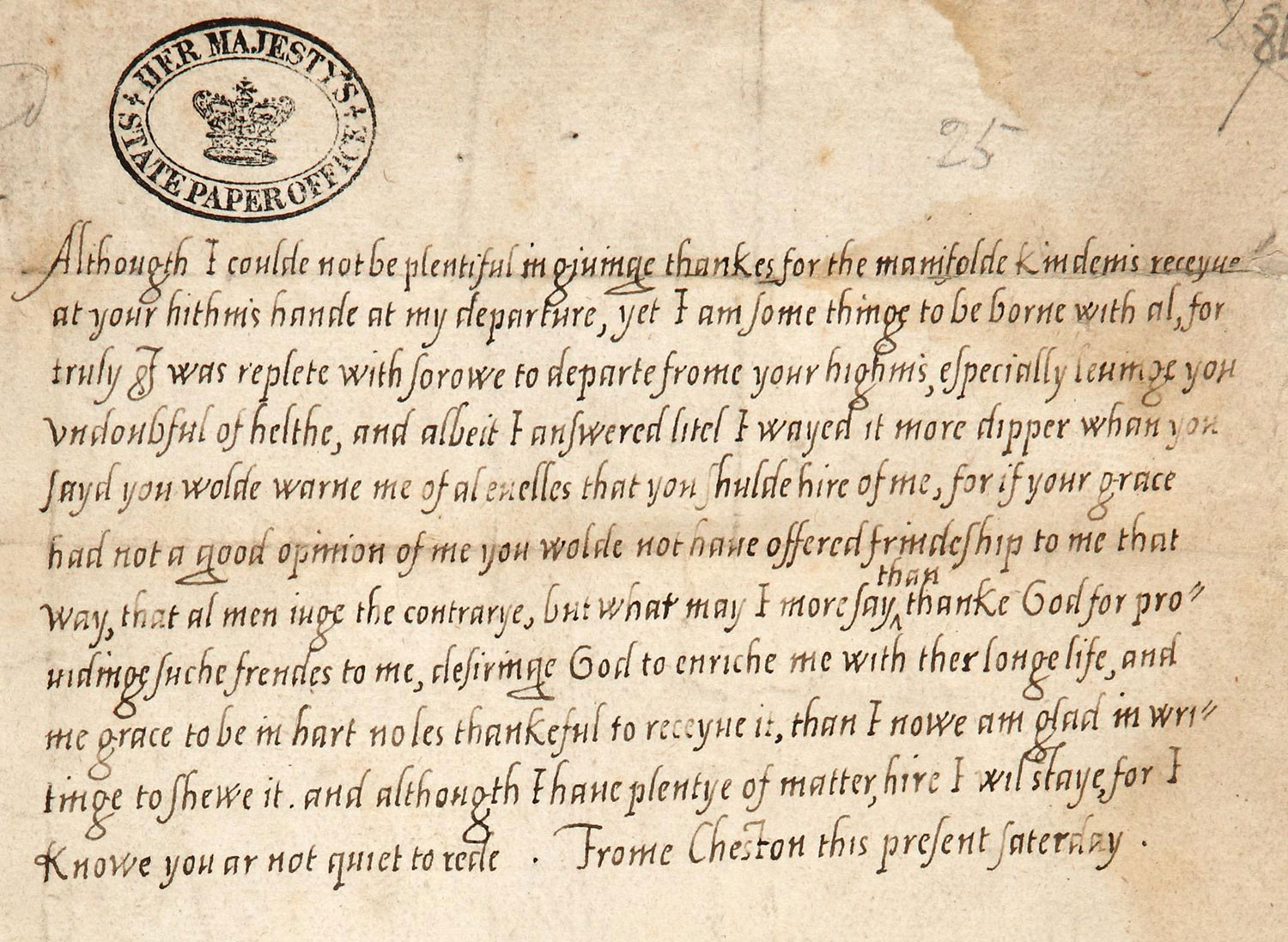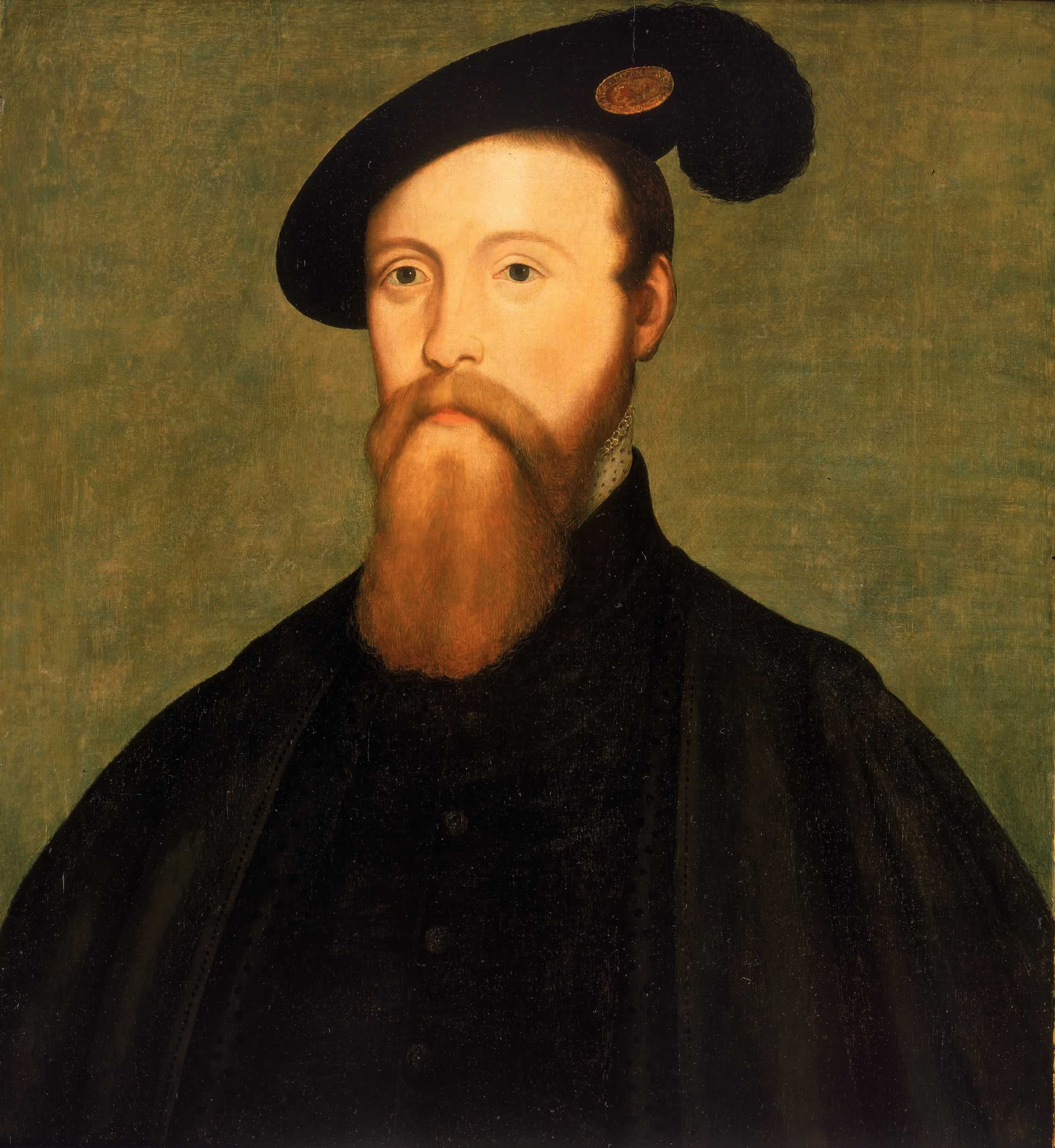And albeit it might please almighty God to continue me still in this mind to live out of the state of marriage, yet it is not to be feared but He will so work in my heart and in your wisdom as good provision by his help may be made in convenient time, whereby the realm shall not remain destitute of an heir. That may be a fit governor, and peradventure more beneficial to the realm than such offspring as may come of me. For although I be never so careful of your well doings and mind ever so to be, yet may my issue grow out of kind and become perhaps ungracious. And in the end this shall be for me sufficient, that a marble stone shall declare that a Queen, having reigned such a time, lived and died a virgin.
Elizabeth I, Speech to Parliament 1559
Elizabeth I delivered the above remarks in closing to a speech she made to parliament a year into her reign when they compelled her to find a husband. For a woman who lived and died ‘The Virgin Queen’, Elizabeth I’s sex life has been the subject of debate for almost five hundred years. From the age of eight, she swore to remain a virgin. She took no husband and had no children, so with no conclusive evidence to the contrary, we can’t definitively say that she wasn’t.
But we can sure as heck speculate! Whoo! And the crowd goes wild.
Me. I’m the crowd.
There were numerous reasons that Elizabeth’s virginity was and has been the subject of intense scrutiny. Firstly, she was a very public figure and one expected to marry. When she didn’t, it led to questions as to why she hadn’t. Suggestions included but were not limited to; she suffered from some terrible disease that prevented her from having children. She was actually a man, or that she wasn’t a virgin and didn’t want a potential husband to discover her secret and expose her.
Added to this, she was a woman and the Catholic church’s pervasively low opinion of women, in general, hasn’t exactly remained confined to five hundred years past. As the daughter of Anne Boleyn, ‘The Great Whore’ Elizabeth was thought to have inherited her mother’s adulteress streak. It didn’t exactly help that throughout her life Elizabeth’s name was linked with other men.
The idea of ‘The Virgin Queen’ is synonymous with Robert Dudley but he was just one of the men who may have been her lover. We’re going to look at all of them and how likely it is that Elizabeth lost her virginity to them. In this part, we’re going to consider the very first man who had the potential to be Elizabeth’s lover; Thomas Seymour. But before we can consider him, we have to be introduced to a key player in Elizabeth’s life; Kat Ashley.
Born Katherine Champernowne, Kat was part of the ancient tradition of landed gentry. The family name had a long and established history with her father and grandfather comfortably titled ‘Sir’. She later married John Ashley (sometimes known as Astley) who was distantly connected to the Boleyn family. Kat’s father was committed to education for all his children and Kat received tutoring alongside her brothers. She initially joined the household of the newborn Princess Elizabeth in an unknown capacity but her education saw her appointed to the role of governess when Elizabeth was three.
Kat was an immediate hit with the young princess and not so much with the other members of the household who claimed that Kat monopolised the girl’s time and refused to let anyone else sleep in her bedchambers. From the very beginning, Kat was (and to some extent revelled in being) Elizabeth’s closest confidante, friend, mother figure, and teacher which will become significant fairly shortly.
Kat was a firm fixture in Elizabeth’s otherwise turbulent childhood. Her mother was executed when she was two years old and saw her demoted from Princess Elizabeth to Lady Elizabeth. Her first stepmother, Jane Seymour, took little interest in her but that was short-lived as she died the following year. Three years later there was another stepmother, Anne of Cleves, with who Elizabeth would maintain a close relationship with for their lives. Anne of Cleves was Queen of England for less time than Jane Seymour and immediately followed by Catherine Howard. Elizabeth and Catherine were disturbingly close in age and struck up a friendship which lasted for the remainder of Catherine’s reign which ended, along with her life, within two years. Elizabeth was eight at the time and, in what surely can’t be a coincidence, first committed herself to virginity.
Two years later, Henry married his sixth and final wife, Katherine Parr. Despite the relationships that preceded it, Elizabeth became closer to Katherine than any of her other stepmothers. Katherine was heavily invested in all of her stepchildren and under her intervention, Elizabeth flourished. When Henry VIII died, both Mary and Elizabeth were appointed to Katherine’s household as a temporary measure before they’d be expected to return to their own estates.
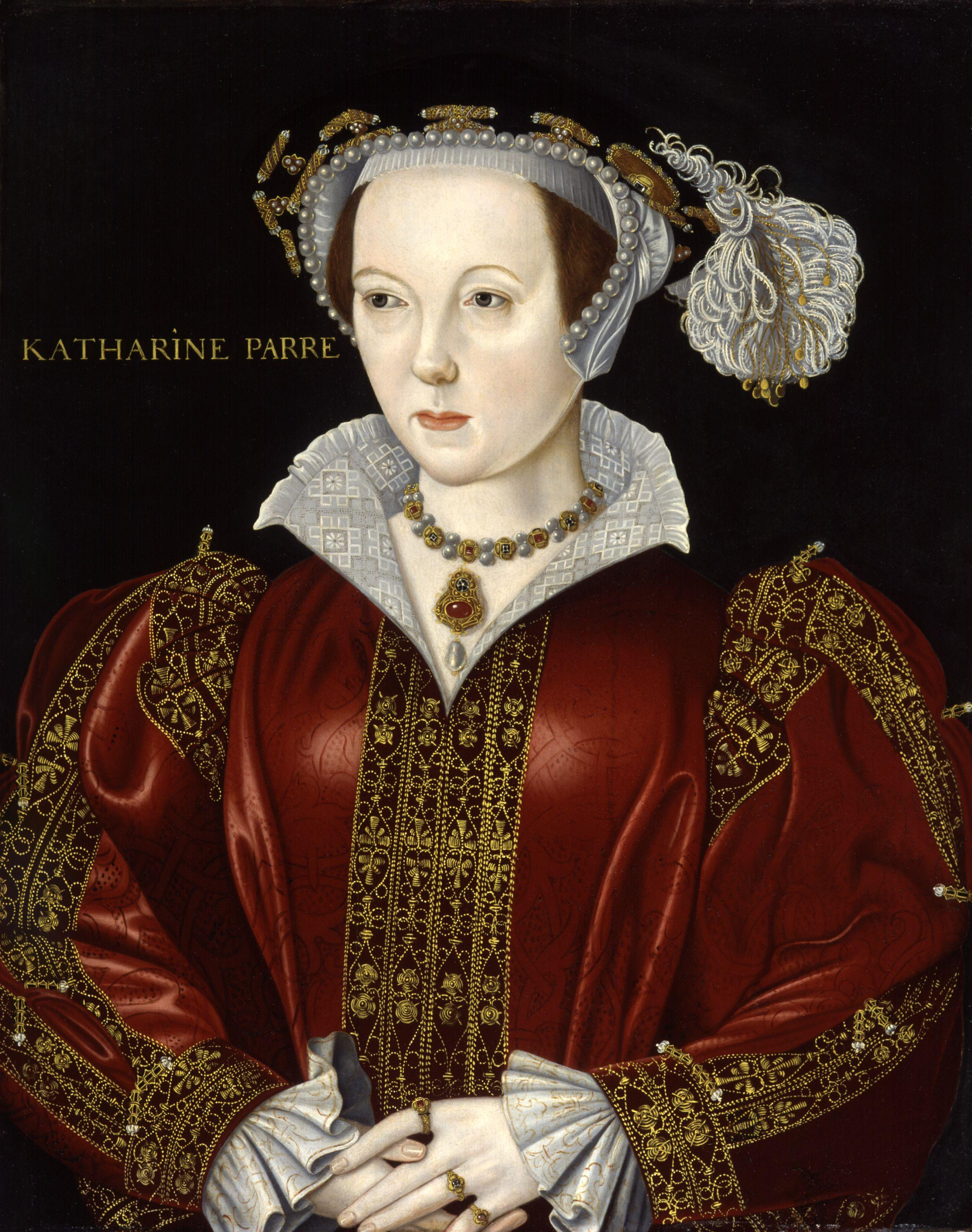
Enter: Thomas Seymour. The widely travelled brother of Jane Seymour returned to court shortly before Henry VIII’s death. Initially intending to marry Katherine Parr in what was a rare love match, he left court when she felt called to marry the king. Upon Henry’s death, Seymour’s brother Edward became Lord Protector while Seymour was given that comparatively minor position of Lord High Admiral. Katherine Parr was also snubbed from the regency, and further antagonised when the Protector’s wife took the queen’s jewels as her own. Already in love and no doubt further united by their mutual dislike of the Lord Protector, Katherine and Seymour were married an unseasonable three months after Henry’s death and Seymour moved into Katherine’s home at Chelsea.
At this time, the fourteen year old Princess Elizabeth was living with her stepmother. Despite her written assurances that she was shocked (!) at Katherine’s behaviour she made no attempt to leave the household even though other offers were made to her. Outward protestations aside, we can assume that Elizabeth was actually quite happy for her stepmother and she probably wasn’t particularly upset at the handsome Thomas Seymour coming to live at the house. Although almost twice her age, Seymour was handsome, roguish, and had at one point been considered a husband for Elizabeth herself. Kat went so far as to say that their imminent marriage was only curtailed by Henry VIII’s death. Elizabeth developed something of a crush on Seymour which itself wouldn’t have been a problem but certainly didn’t help in the situation that followed.
It began when Elizabeth and Kat woke to find Seymour in the room with them. When Kat challenged him, he said he was just there to say good morning to his stepdaughter and the incident was laughed off. That turned out to be the tip of a particularly slippery slope. Seymour continued to visit her in the mornings. It began with him appearing before she was awake to say good morning but soon he began visiting before the household had even risen. This led to him reaching for Elizabeth while she was in bed, which led to him ‘smacking her on the buttocks’, opening the bed curtains so that he could attempt to join her. It wasn’t until he attempted to kiss her though that Kat finally stepped in and asked him to stop.
His visits had the saving grace that he was at least dressed. So when he turned up wearing only his nightgown and notably nothing else, Kat point-blank refused him entry. Seymour did not take it well, loudly claiming that it had all been in good fun and storming off. Kat approached Katherine and told her what had been going on. For whatever reason, Katherine showed as much poor judgement as Kat had in the situation so far, and to assure everyone that nothing untoward was happening between her husband and stepdaughter, Katherine decided that she would accompany Seymour on his morning visits.
This did not curb Seymour’s behaviour. In fact, it led to the bizarre incident where Katherine held down Elizabeth while Seymour cut her dress from her. Normal, wholesome, Tudor family activities.
By now Katherine was pregnant and seemed to suddenly realize that her husband’s behaviour was inviting scandal. She commanded that Kat insist that Seymour and Elizabeth weren’t ever left alone together. In response, Seymour claimed Kat was a poor supervisor given that he had seen Elizabeth with her arms around another young man but his efforts to displace her failed, as did Kat’s attempts to separate the two. Elizabeth seems to have made an effort to create distance between them herself. When Katherine handed Elizabeth a letter meant for Seymour and asked her to pass it to a messenger. Elizabeth did but not before adding her own note to the front of the letter asking Seymour not to touch her anymore.
Things came to a head in May 1548 when Katherine came across Elizabeth and Seymour with no chaperone in sight. The two were quite alone, holding each other in their arms, and Katherine was pissed. She immediately demanded that Elizabeth leave the house only to become further enraged when Elizabeth insisted upon her innocence even though she was still at this point holding onto Katherine’s husband. The two had a furious argument and Elizabeth departed a couple of days later. She immediately wrote to her stepmother suggesting that she had been sorry to leave but had remained quiet in the face of everything it wasn’t because she didn’t have anything to say. Shortly after, Katherine herself left for Sudeley Castle accompanied by Lady Jane Grey rather than Elizabeth.
The potential scandal invited by Seymour and Elizabeth’s discovery was at least limited to the locality and hadn’t reached the ears of the court. Katherine and Elizabeth exchanged letters during this separation and reconciled fairly quickly even though Seymour was also writing to Elizabeth. Elizabeth kept Katherine informed as to their letters, and they seem to be limited to news of Katherine’s advancing pregnancy and her good wishes which she was too ill to send herself. Her one and only reply to Seymour was notably civil and didn’t invite any further correspondence. However far her relationship with Seymour had gone, Elizabeth seemed to appreciate it had gone too far and acted to preserve her reputation.
Things seemed to have settled down but then Elizabeth fell ill and for the sake of her recovery, Kat refused to allow anyone into her room. It was fairly common for rumours of pregnancy to abound when a woman took to her bed for a prolonged length of time, especially if the woman were noble with limited attendants. Sure enough, shortly after Elizabeth retired from public view, a local midwife claimed that she attended a young woman in a grand house. She’d been blindfolded so as not to know which house it was she’d been to and the young woman’s face had been hidden from her as she delivered a stillborn baby. The midwife had been returned, once again blindfolded for the sake of secrecy.
It was around this time that Katherine Parr, who was definitely pregnant, went into labour. She delivered a baby girl but quickly developed puerperal fever and rapidly declined. For five days after the birth, Katherine was apparently delirious, cursing her husband and Elizabeth for their betrayal. Seymour was present for much of it but his attempts to comfort her only served to anger her further and invite even more insults and criticism. She died on the 5th of September, leaving Seymour her vast wealth making him one of the richest men in the country.
Seymour wrote to Elizabeth shortly afterwards, in what is considered a blatant attempt to resume contact with her, asking for her to intercede with him on a matter of Katherine’s will. Elizabeth point blank refused and made it clear she wasn’t going to be falling into regular correspondence. For a while at least. Unfortunately for her, at this point, Kat seems to have taken complete leave of her senses.
With Katherine dead, Kat decided to fix her attention on having Seymour and Elizabeth married. Initially, Elizabeth was having absolutely none of it but as time wore on, it seems she gradually warmed to the flirtation if not marriage itself. Kat spent her time telling Elizabeth that Seymour’s past behaviour if nothing else showed that he was in love with her. She also conveyed to Seymour that he and Elizabeth should totally get married. Diplomatically, Seymour said that his brother would never have allowed it (saying nothing of whether he’d like to which Kat jumped on). The fact that Seymour also flirted with Kat via their letters only endeared her to him further but when he offered to visit Elizabeth, she refused.
The damage had been done though and now Elizabeth was thrilled that he should show her all this attention. A rather circular situation evolved where Kat encouraged Elizabeth to think of Seymour as a suitor. Emboldened by Elizabeth thinking like this, Kat encouraged the match. She soon began confiding in the household staff that she believed Seymour and Elizabeth were sure to be married and told them the full story of why Katherine had sent Elizabeth away in the first place. The rumours which had managed to be contained at Chelsea were now in full force and reached court. Anne Seymour, Lady Somerset, began making her own enquiries and discovered that Kat had been engineering visits between the two, though this was likely more rumour than fact. She also heard tales that Kat had allowed Seymour to previously take a boat ride along the Thames, entirely alone. She all but demanded that Kat be removed from Elizabeth’s service but the court officials were distracted by other matters.
Under any other circumstance, this would have saved Elizabeth. Unfortunately, said other matters were the actions of Thomas Seymour who got himself arrested early in 1549 for treason.
Seymour had been unhappy with his brother as Lord Protector since the appointment and had done little to reconcile himself to it. Instead, he’d gone out of his way to undermine his power and increase his own. He manipulated his nephew, the king, in order to gain his support, and was generally quite loud in his discontent. As 1548 drew to a close, Seymour ramped his anti-Lord Protector campaign up a notch. Without a shred of discretion, he openly criticised his brother, began canvassing for support among the navy he controlled and threw his duties to the wind when he started securing the support of the pirates that it was his duty, as Lord High Admiral, to subdue.
Despite all this, he was not immediately arrested. When he attempted to break into the King’s apartments, presumably with a view to kidnap him, he caused a disturbance which resulted in him shooting the pet dog he woke in the process. He was arrested and while his interrogators tried to determine just how far his treason ran, his closest associates were investigated. It took just a matter of days before Kat Ashley was discovered to correspond heavily with him which invited suspicion not just on her but on her charge, Elizabeth, too. At this point, their scandalous behaviour paled beside the implication of treason but the investigation would reveal every element of their relationship including their household’s talk of potential marriage.
Members of Seymour’s household were arrested with him, as were Kat and Elizabeth’s secretary, Thomas Parry. All were interrogated as to Elizabeth’s relationship with Seymour and whether the two had talked about marriage. John Harington of Seymour’s household refused to implicate Elizabeth, and Kat and Parry were just as tight-lipped. The interrogators went to Elizabeth in the hopes of catching her out in a lie only to find that Kat, Parry, and Elizabeth had clearly gotten their stories straight beforehand and weren’t saying anything.
Kat was moved to the darkest, dampest, most uncomfortable cell available but still, she didn’t reveal anything. Parry on the other hand folded and folded fast when confronted with the threat of finding himself in less comfort. He repeated everything Kat had ever told him, every rumour that he’d ever heard, down to every time he’d seen Elizabeth blush at the mention of Seymour’s name. With this information used against her, Kat was forced to confess, which in turn was used against Elizabeth.
Elizabeth was only fifteen but she displayed incredible composure. She’d already managed to match the court’s interrogators in a battle of wits and now she once again demonstrated how quick she could be. Refusing to implicate Kat or Parry, she cleverly put the ball far from her court. She admitted that Kat thought well of a potential marriage with Seymour, but that they had both known and acknowledged that nothing could have happened without the council’s approval. As Seymour was a part of the council, surely they could have expected him to keep them abreast of any talk of marriage.
It was a reasonable argument, one that couldn’t actually be faulted. Having weathered the scandal of her behaviour with Seymour, Elizabeth and her household were also cleared of any treasonous associations. She even went so far as to write to the council and denounce the rumours that she’d had Seymour’s child, demanding them to take action against the perpetrators.
The damage to Kat’s reputation however was far less easily repaired. She was removed from her position in Elizabeth’s household and left in her unpleasant cell. It was not until Seymour had been executed and Elizabeth wrote a pleading letter on her behalf that Kat was released but it would not be for another two years that Kat was invited back to serve in Elizabeth’s household. From that point on, however, Kat remained at Elizabeth’s side for the rest of her life.
Of course, there’s no way for us to know how far Elizabeth and Seymour took their relationship but it’s clear they took it further than was appropriate. In modern times, we’d consider his behaviour grooming and more than a little gross given that he was twice her age and her stepfather. But even by the standards of the time, it was scandalous. The theological implications of a man marrying his stepdaughter aside, it was hugely inappropriate for him to seduce her in his wife’s house. There is, however, no getting away from the fact that for the court, the issue of Elizabeth’s royalty was of far greater concern than her age or relation to Seymour, and part of his execution warrant referred to his conspiracy to marry Princess Elizabeth.
Elizabeth herself learned much from the experience and not just because the ordeal had her falling on the wrong side of a treason investigation. Her reputation had been sullied and she’d come shockingly close to losing it altogether by word if not by deed. If Elizabeth had lost her virginity, the general consensus among historians is that it was not to Thomas Seymour. If it were to go to The Jeremy Kyle Show, a lie detector test would probably flag sexual contact but not full-on sexual intercourse. For now, the Virgin Queen was likely still a virgin.
If you’d like to join me for more fun and games in picking apart history, and other behind the scene tangents, you can support me via my Patreon.

